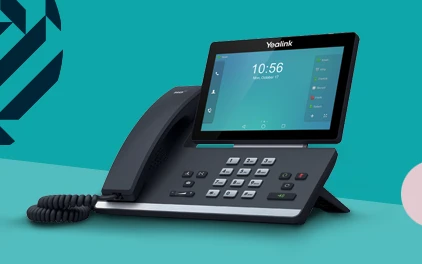5 type of phishing attacks to look out for
Spear Phishing
Spear phishing is an attack where the cybercriminal has researched their target and found personal information to tailor the attack to them. This is typically more successful than bulk phishing, as when an email contains personal information, it lowers the target’s guard, making them more likely to open a malicious link or file.
These emails may include the victim’s name, or place of work, imitating a supplier or third-party technical support requiring the user to send their password for security purposes. Spear phishing attempts can be difficult to spot; however, you should always verify suspicious requests in person and never share your password with others.

5 type of phishing attacks to look out for
Bulk
Bulk phishing is the most common form of phishing attack. This is where a cybercriminal sends a large number of fraudulent emails to employees and individuals. Although they are not tailored to the victim, they can be effective as if enough emails are sent, eventually, someone will open one.
Examples of bulk phishing attempts include emails relating to winning a prize, issues with the user’s account, or emails stating that a password has expired and needs to be changed. Some of these can easily be spotted due to the email’s poor grammar, spelling and design; however, others are nearly indistinguishable from an official email. You should always check where an email has come from and look for different spellings of the email address or URLs in the text. It is always safer not to open an email if you are ever in doubt.
5 type of phishing attacks to look out for
Whaling
5 type of phishing attacks to look out for
Vishing and Smishing
Vishing, also known as voice phishing, are attacks performed over the phone or VoIP. These are often messages imitating a bank or technical support asking for account information for security purposes. These can be detected as fraudulent as a company never asks for personal information over the phone. Another method of detecting if a call is fraudulent is by checking to ensure the number that has been called is listed on the official company website and not a known scam phone number.
Smishing or SMS phishing is using phone text messaging to mislead or deceive a victim. These can be particularly effective as text messages are more likely to be read and responded to than emails. It is essential to apply the same level of scrutiny to phone calls and text messages that you would an email, as it is just as dangerous of an attack vector.












